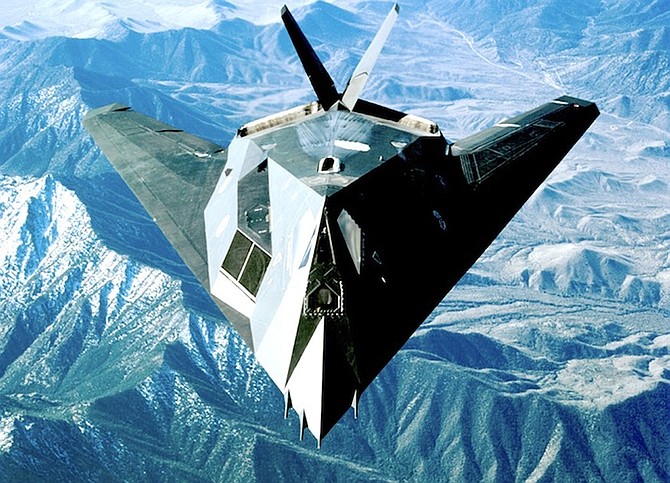ACTIVTRADES WEEKLY
By RICARDO EVANGELISTA
www.activtrades.bs
THE last four decades have been marked by exponential advances in technology, which, to a large extent, consisted of fine-tuning ideas that surfaced in the aftermath of World War II.
Because of an increasing emphasis on success and efficiency, recent times became less fertile in truly revolutionary concepts, as the quest for profitability – and fear of failure – came to dominate the field of research and development; a case of failing less by trying less. Thankfully, there are still a few exceptions.
Such as DARPA: Defence Advanced Research Projects Agency. Founded in 1958 by US President Dwight D Eisenhower, the agency funds the development of emerging technologies for military use. Luckily, in 2013 DARPA took a gamble by awarding $25m to an upstart pharma company called Moderna, who was proposing the development of messenger RNA immunisation technology. The idea was to create a base for vaccines that could be used to counter new infectious diseases and biological weapons.
Thanks to the technology developed a few years earlier under the sponsorship of DARPA, scientists in 2020 were able to create and mass-produce COVID vaccines within a few months, saving countless lives and opening the door for a return to normality that otherwise would have been uncertain.
The list of ground-breaking innovations that can, at least partially, be attributed to DARPA include weather satellites, GPS, drones, stealth technology, personal computers and the internet. The latter came to life thanks to another wager by the agency that in 1965 financed the first cross America computer network with an investment of $1m.
The formula is simple: light on human resources, the agency behaves as if it were a venture capital firm, allocating funds to external parties who succeed in pitching revolutionary ideas. There is, however, a fundamental difference in relation to its corporate world counterparts; unlike the typical investor, who seeks to obtain a monetary return, DARPA’s objective is to attain a specific scientific outcome.
The agency’s ethos means that researchers are usually allowed to work with minimal interference and without pressure to succeed. In fact, failure is frequently welcomed, as it demonstrates the unlikelihood of an enemy ever being able to develop such technology, due to its complexity. According to a recent edition of The Economist, ongoing (unclassified) projects include mimicking the nervous system of insects, with the aim of optimising artificial intelligence, and developing ways to protect soldiers from hostile genome-editing.
The current American administration recently proposed the creation of ARPA-H; an agency modelled on the image of DARPA, to back research and development of technology for use in healthcare, with the ultimate objective of revolutionising medicine. If the proposed budget of $6.5bn is approved by congress, ARPA-H’s goals will include finding the cure for cancer and develop treatments for rare diseases so far overlooked by the private sector, due to their low profitability.
In the aftermath of the pandemic, with states forced to play a more prominent economic role, public investment in the development of new technology may be about to increase, promising a renaissance in innovation.






Comments
JokeyJack 2 years, 11 months ago
Sounds like a total disaster in the making. Very scary.
Sign in to comment
Or login with:
OpenID